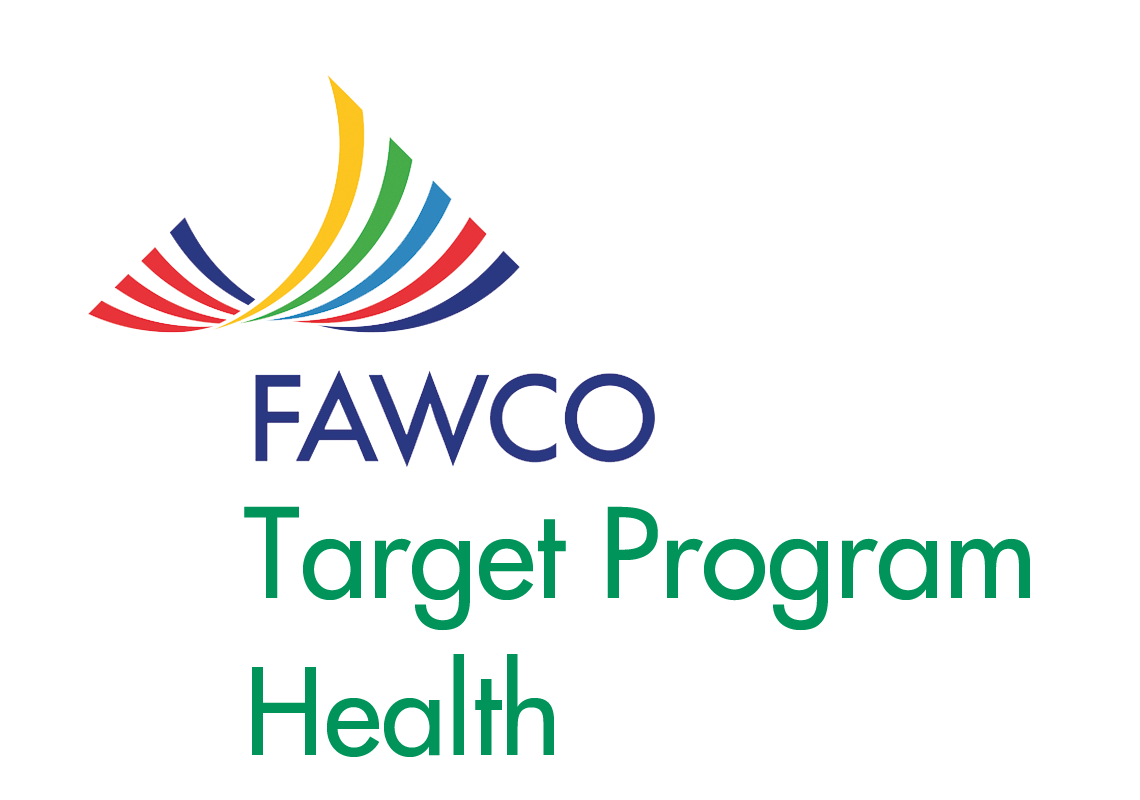Female Genital Mutilation (FGM): The Facts
Definition:
-
- Female Genital Mutilation (FGM) comprises all procedures involving the partial or total removal of the external female genitalia or any other injury to the female genital organs for non-medical reasons.
- FGM = cutting
-
Cutting season:
- July, August and September are known as the “cutting season” in many countries and for many girls around the world; it is school break and there is “time to recover” from FGM.
- https://www.unfpa.org/cuttingseason
- https://interactive.aljazeera.com/aje/2020/the-last-cutting-season/index.html
- https://www.theahafoundation.org/vacation-cutting-an-illegal-practice-still-running-rampant/
-
International Day of Zero Tolerance for Female Genital Mutilation
- February 6 is the International Day of Zero Tolerance for Female Genital Mutilation. The purpose of the day is to raise awareness about female genital mutilation (FGM), and to garner support to end the practice.
- https://www.un.org/en/observances/female-genital-mutilation-day
-
Risk group:
- FGM is mostly carried out on young girls sometime between infancy and adolescence, and occasionally on adult women.
-
Types of FGM: as per the WHO
- “Type 1: This is the partial or total removal of the clitoral glans (the external and visible part of the clitoris, which is a sensitive part of the female genitals), and/or the prepuce/clitoral hood (the fold of skin surrounding the clitoral glans).
- Type 2: This is the partial or total removal of the clitoral glans and the labia minora (the inner folds of the vulva), with or without removal of the labia majora (the outer folds of skin of the vulva).
- Type 3: Also known as infibulation, this is the narrowing of the vaginal opening through the creation of a covering seal. The seal is formed by cutting and repositioning the labia minora or labia majora, sometimes through stitching, with or without removal of the clitoral prepuce/clitoral hood and glans (Type 1 FGM).
- Type 4: This includes all other harmful procedures to the female genitalia for non-medical purposes: e.g., pricking, piercing, incising, scraping and cauterizing the genital area.”
-
Does FGM have health benefits?
- FGM has no health benefits and often leads to long-term medical complications.
-
How prevalent is FGM?
- The exact number is unknown, but it is estimated that at least 200 million girls and women aged 15–49 from 30 countries have been subjected to FGM.
- More than 3 million girls are estimated to be at risk for FGM annually.
- More than 200 million girls and women alive today have been subjected to FGM (31 countries where population data exist) (*):
- More than 100 million of this number live in three countries: Egypt, Ethiopia and Indonesia.
- If current practices persists, 68 million girls and women will undergo FGM between 2015 and 2030 (*).
- In countries such as Djibouti, Guinea and Somalia, over 90 percent of women and girls will undergo some form of genital mutilation or cutting.
- It is expected that another 68 million girls will be exposed to FGM by 2030.
- Eighteen countries in Africa have laws prohibiting FGM; these countries are Benin, Burkina Faso, Central African Republic, Chad, Côte d’Ivoire, Djibouti, Egypt, Eritrea, Ethiopia, Ghana, Guinea, Kenya, Mauritania, Niger, Senegal, South Africa, Tanzania, and Togo. The penalties range from a minimum of three months to a maximum of life in prison. Several countries also impose monetary fines.
- Europe:
- ~ 180,000 girls and women are at risk of FGM yearly.
- End FGM European Network estimates that 600,000 women and girls living in Europe have undergone FGM.
- Twelve developed countries that receive immigrants from countries where FGM is practiced (Australia, Belgium, Canada, Cyprus, Denmark, Italy, New Zealand, Norway, Spain, Sweden, the United Kingdom and the United States) have passed FGM legislation.
- Six out of eight Australian states have passed laws against FGM.
- United States: the federal government and 17 states have passed legislation criminalizing FGM.
-
What is the situation in Tanzania?
- The Tanzanian government criminalized FGMin 1998 in the under-18 age group,, yet 10% of women aged between 15-49 still undergo FGM
- The prevalence in certain regions (centre and north_ varies between 30-60%.
-
Why is FGM performed?
- Social convention - conform to society, reduce the fear of rejection.
- Considered as a necessary part of raising a girl and preparing her for adulthood and marriage.
- Beliefs for acceptable sexual behavior, aiming to ensure premarital virginity and marital fidelity.
- Belief that being cut will increase marriageability.
- Associated with cultural ideals of femininity and modesty.
- Belief amongst practitioners that it has religious support, power and authority.
-
What is the financial burden?
- A WHO study showed the following: the current costs for 27 countries where data were available totaled 1.4 billion USD during a one year period (2018). This amount is expected to rise to 2.3 billion in 30 years (2047) if FGM prevalence remains the same – corresponding to a 68% increase in the costs of inaction. However, if countries abandon FGM, these costs would decrease by 60% over the next 30 years.
-
Global response:
- Increased awareness at country level to stop FGM.
- International organizations condemning the practice.
- Revised legal frameworks and growing political support to end FGM (this includes a law against FGM in 26 countries in Africa and the Middle East, as well as in 33 other countries with migrant populations from FGM-practicing countries).
- Local in-country initiatives supporting the end of FGM.
- Awareness of alternative practices.
-
Quotes
- “My dream is to save girls from being cut, and I will never stop until FGM is history in my community.” – Rhobi Samwelly, Survivor of FGM and Founder of HOPE.
- Together, we can eliminate female genital mutilation by 2030. Doing so will have a positive ripple effect on the health, education and economic advancement of girls and women. – UN Secretary-General António Guterres
- “It is difficult to put into words just how terrifying and painful the whole experience was. For many months afterwards, I suffered recurring flashbacks, nightmares and insomnia. I still suffer some to this day.” – Fanta, survivor of FGM
- “FGM is rooted in gender inequalities…” – UNICEF Executive Director, Henriette Fore
Useful links and additional information:
- Trailer of the documentary “In the Name of Your Daughter”:https://www.youtube.com/watch?v=xt3XdU0Fddo
- https://www.facebook.com/watch/?v=629391341134881
Sources:
- https://www.who.int/news-room/fact-sheets/detail/female-genital-mutilation
- https://www.unfpa.org/unfpa-unicef-joint-programme-eliminate-female-genital-mutilation
- http://tanzdevtrust.org/combatting-fgm/
- https://www.nhs.uk/conditions/female-genital-mutilation-fgm/
- https://www.independent.co.uk/news/uk/home-news/fgm-girls-sexuality-women-cutters-report-a9398301.html
Photo gallery
Please feel free to use these images in your communication pertaining to S.A.F.E.; right click to access the picture, save in a folder or your desktop.
| Rhobi Samwelly, Founder and Director | |||
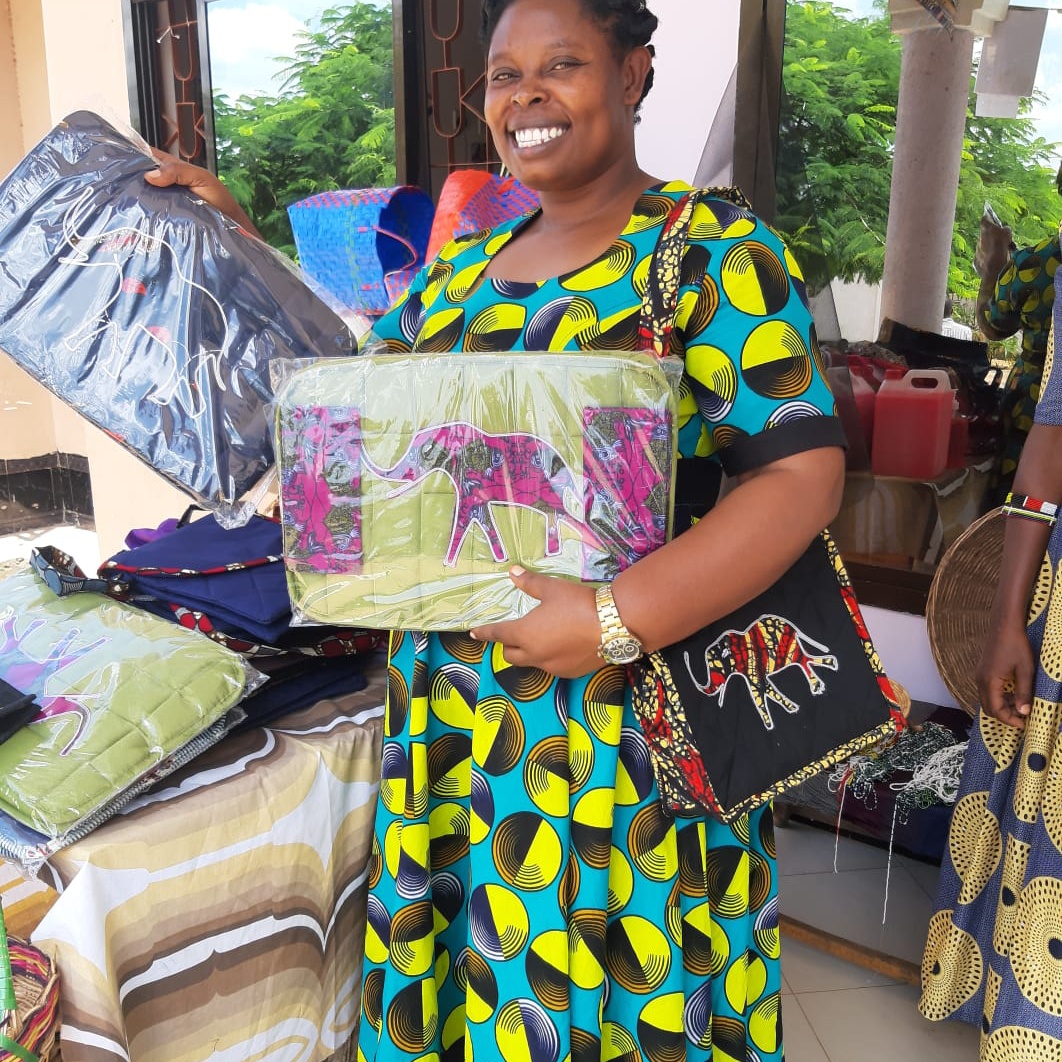 |
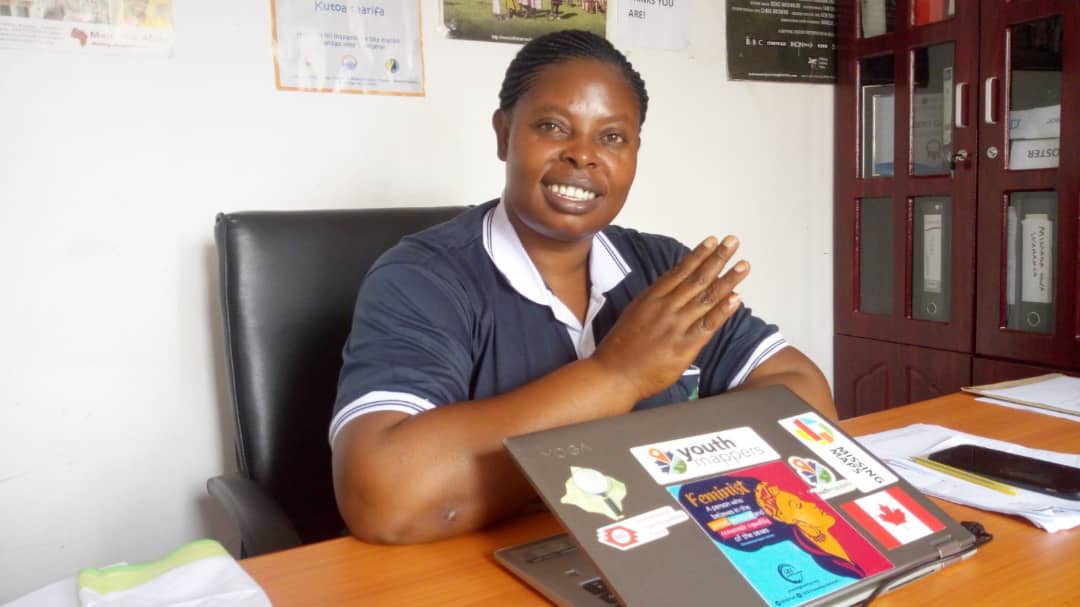 |
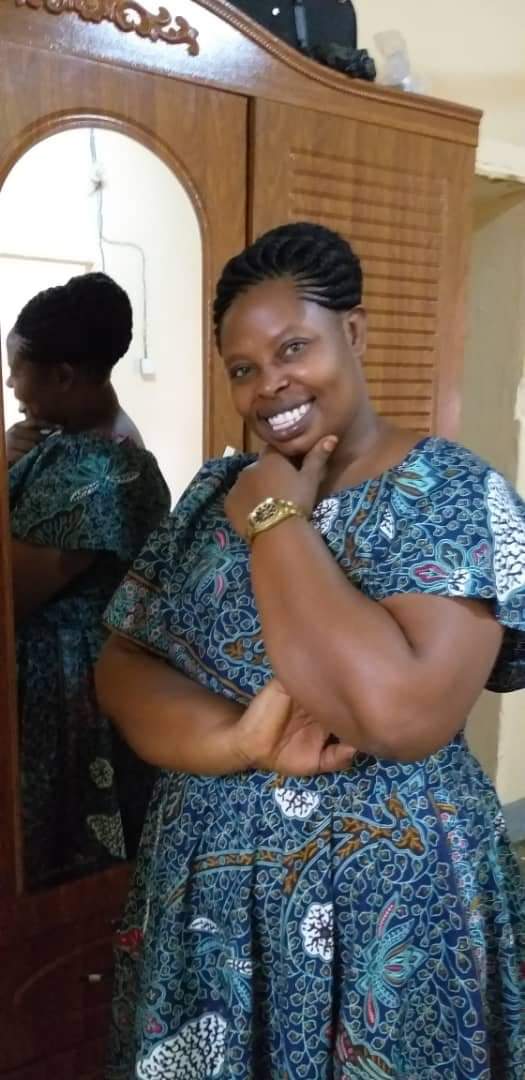 |
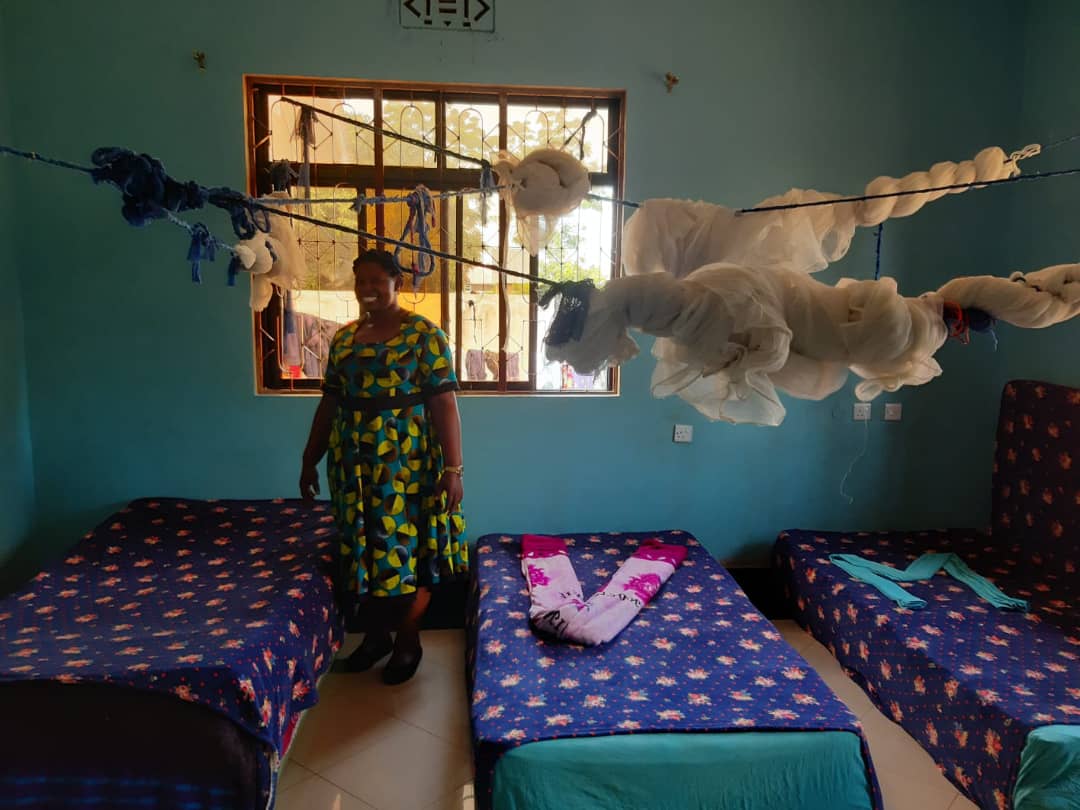 |
| Community activities | |||
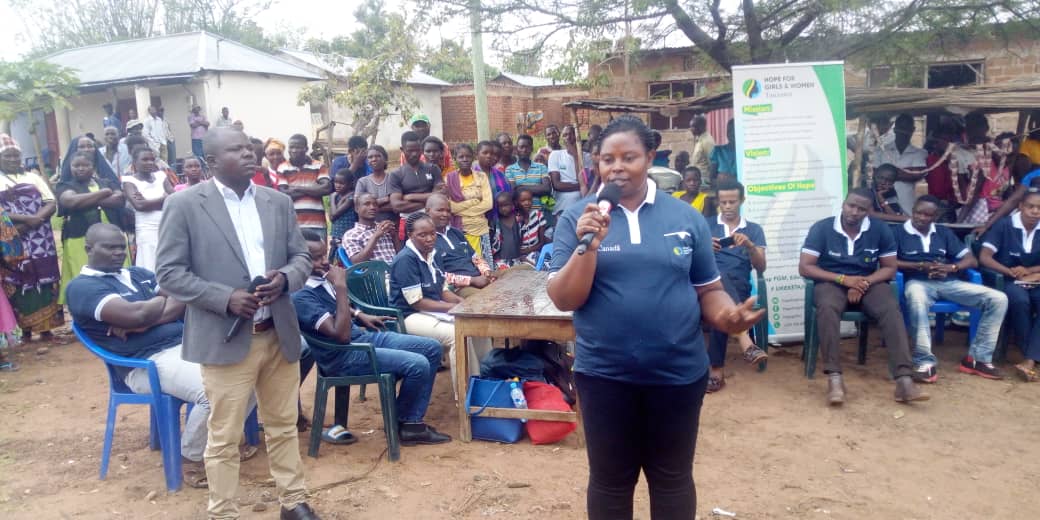 |
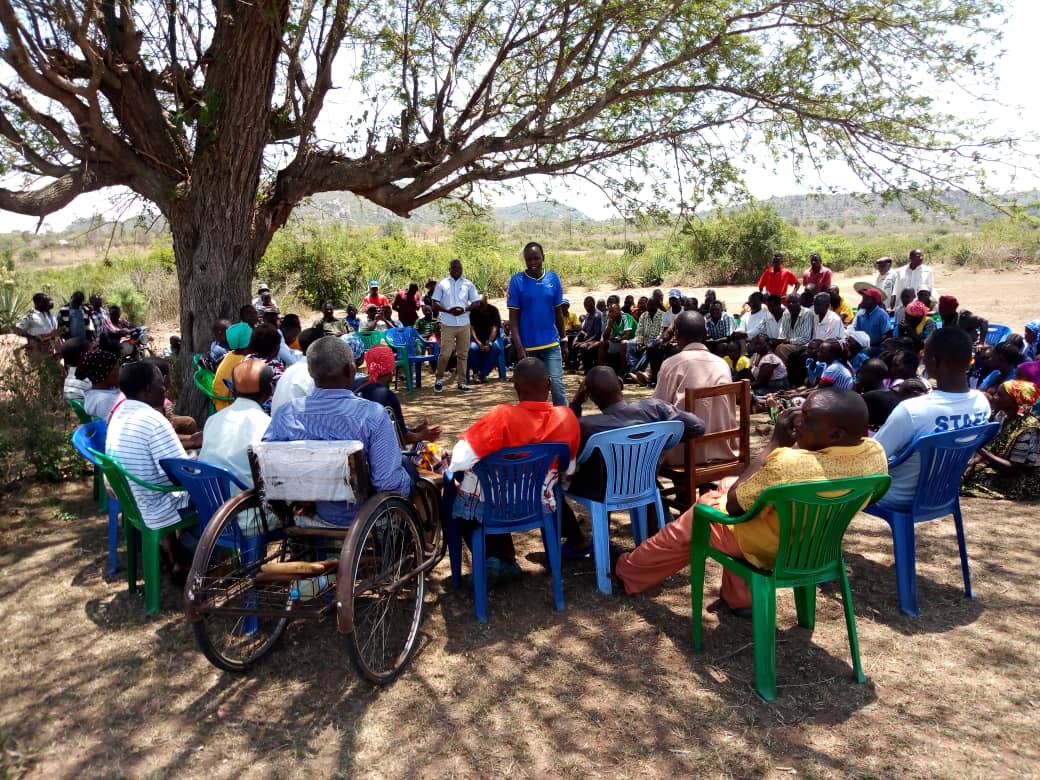 |
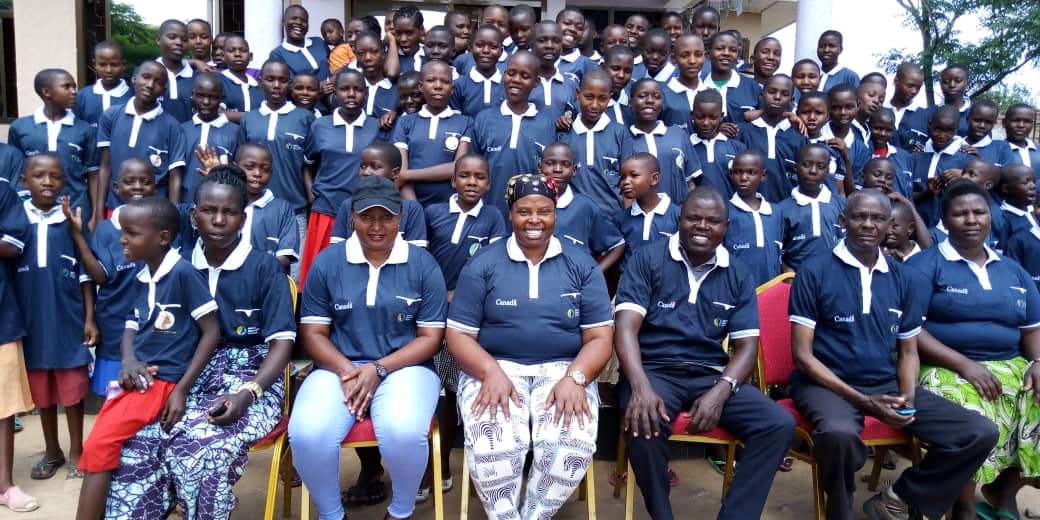 |
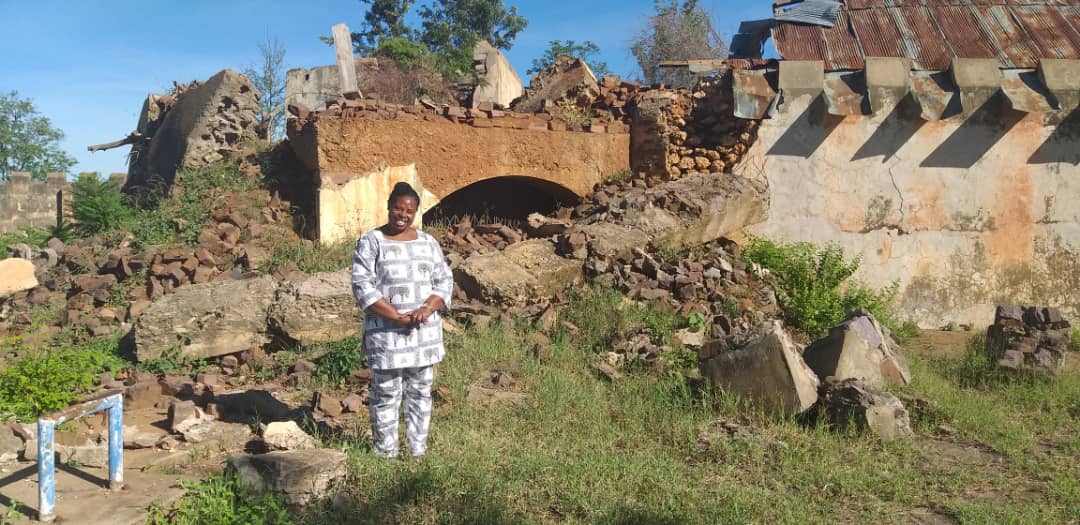 |
| The beautiful girls of Hope | |||
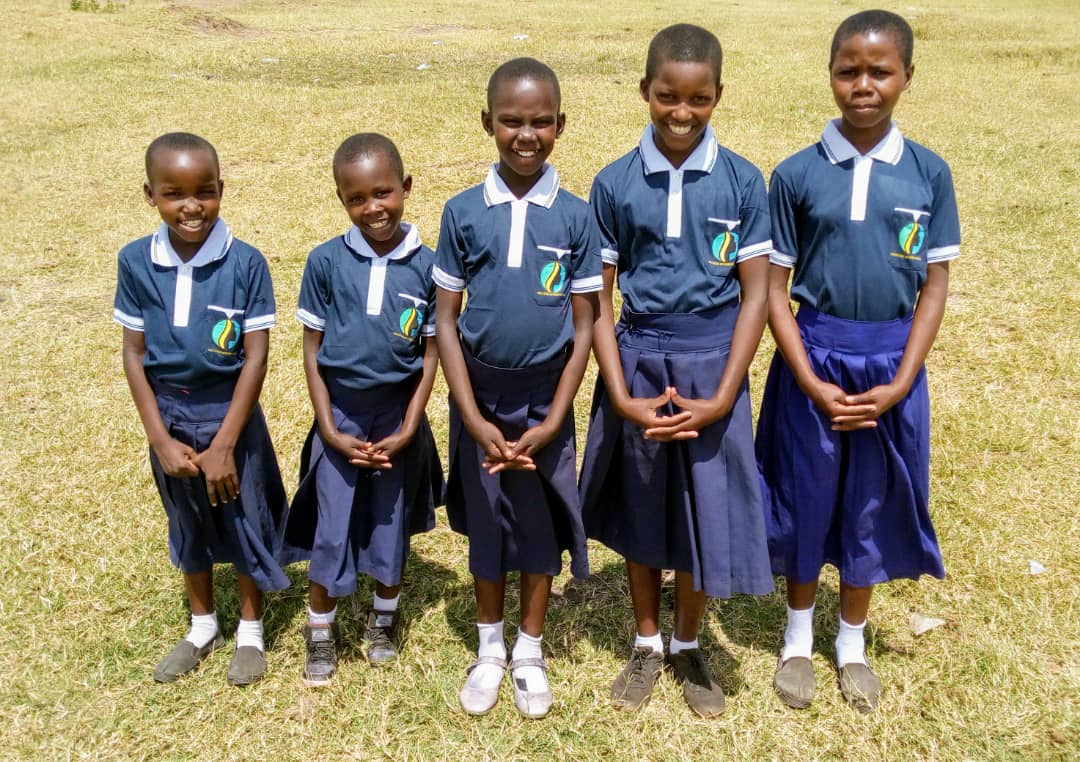 |
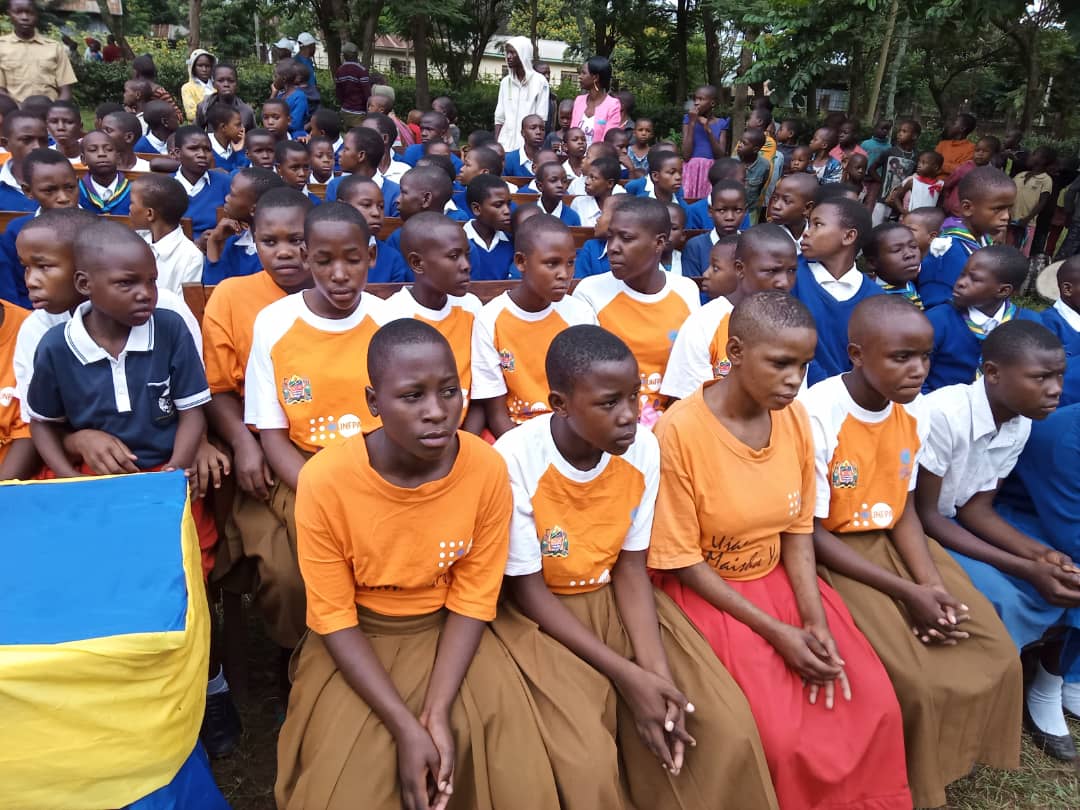 |
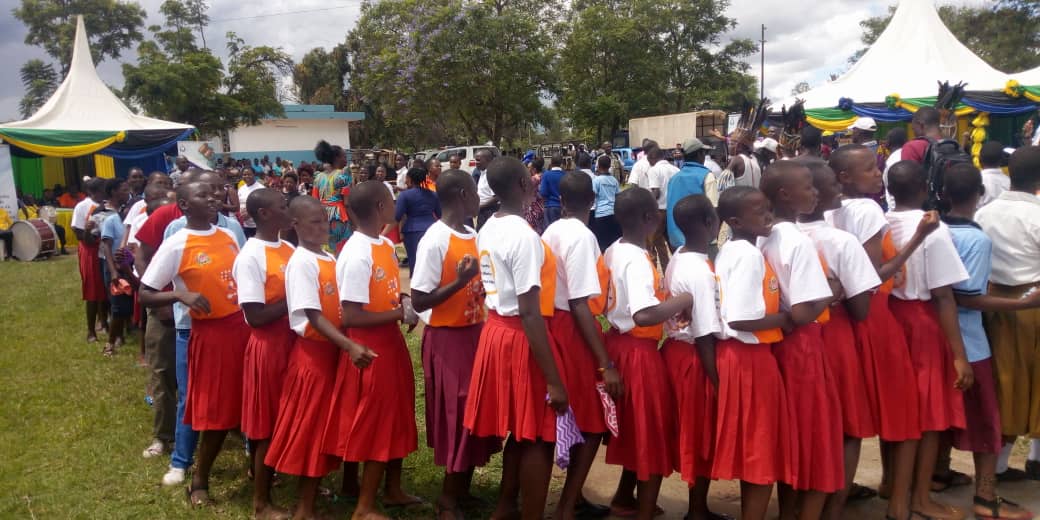 |
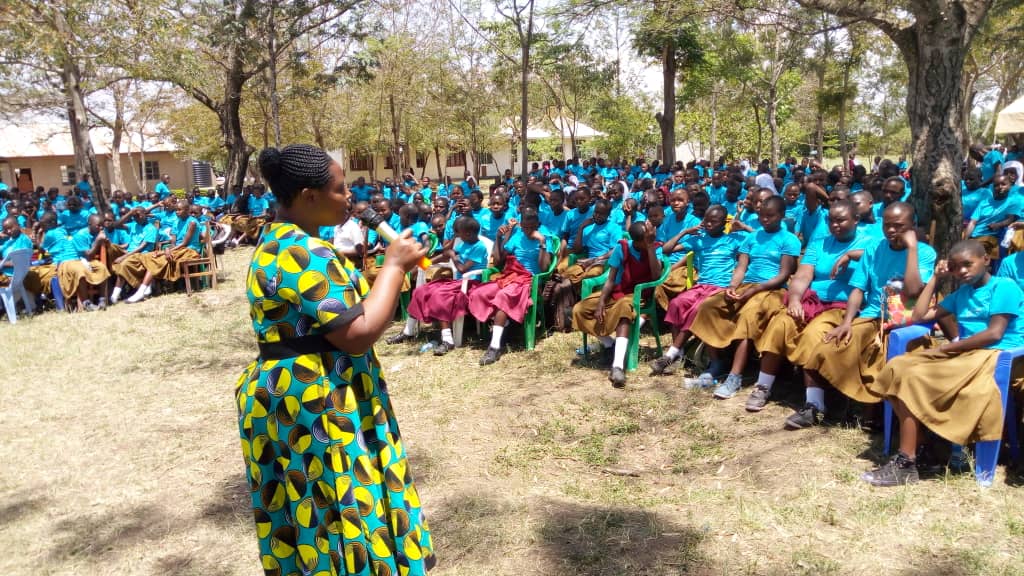 |
| Girls learning skills | |||
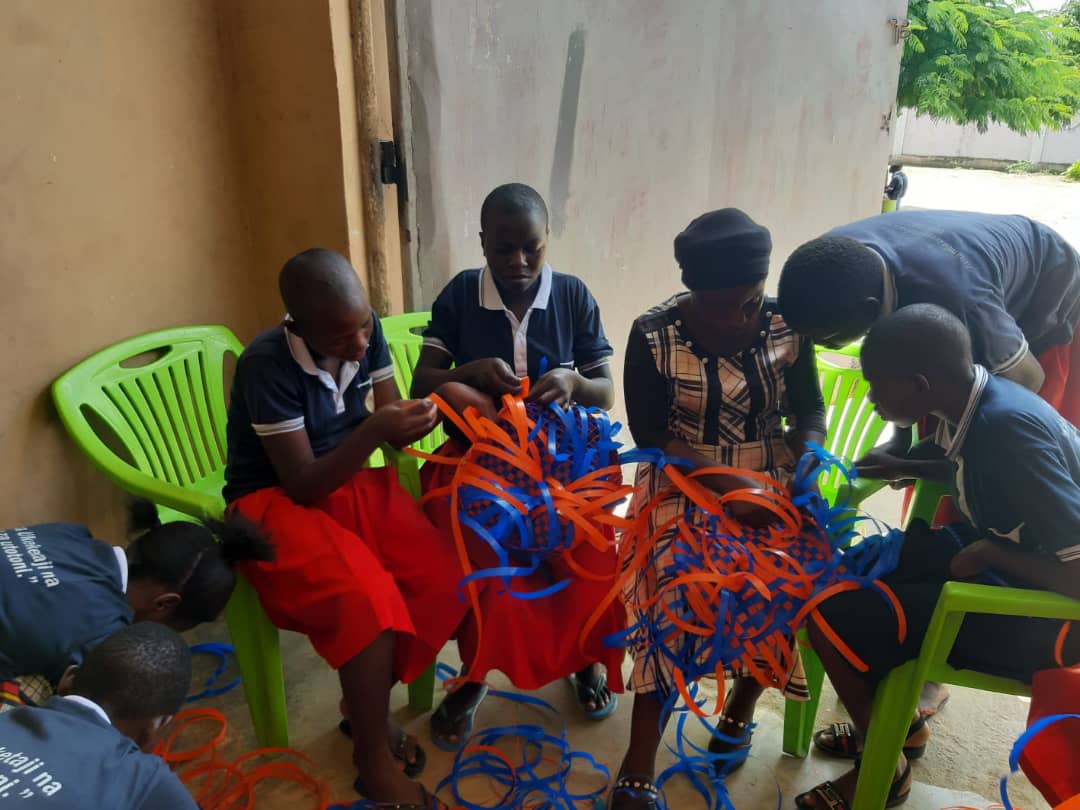 |
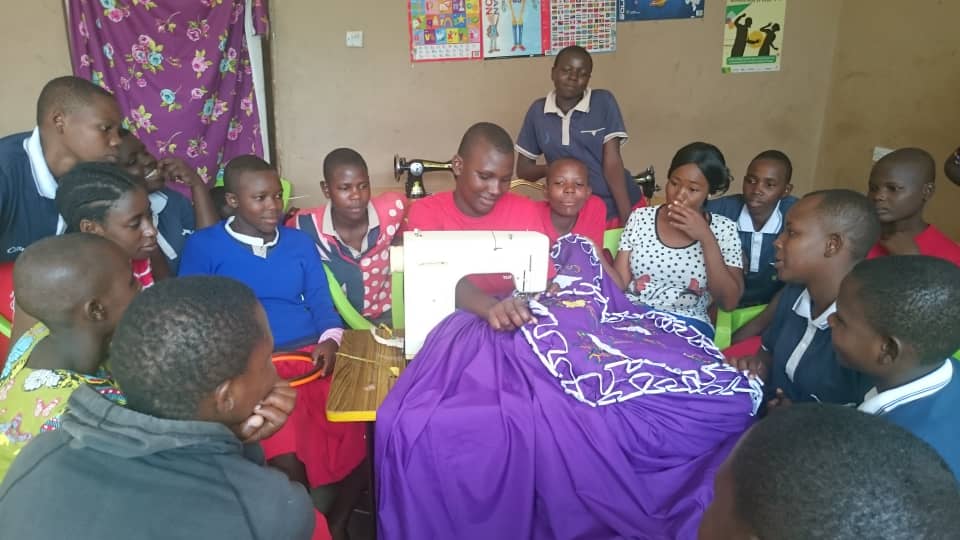 |
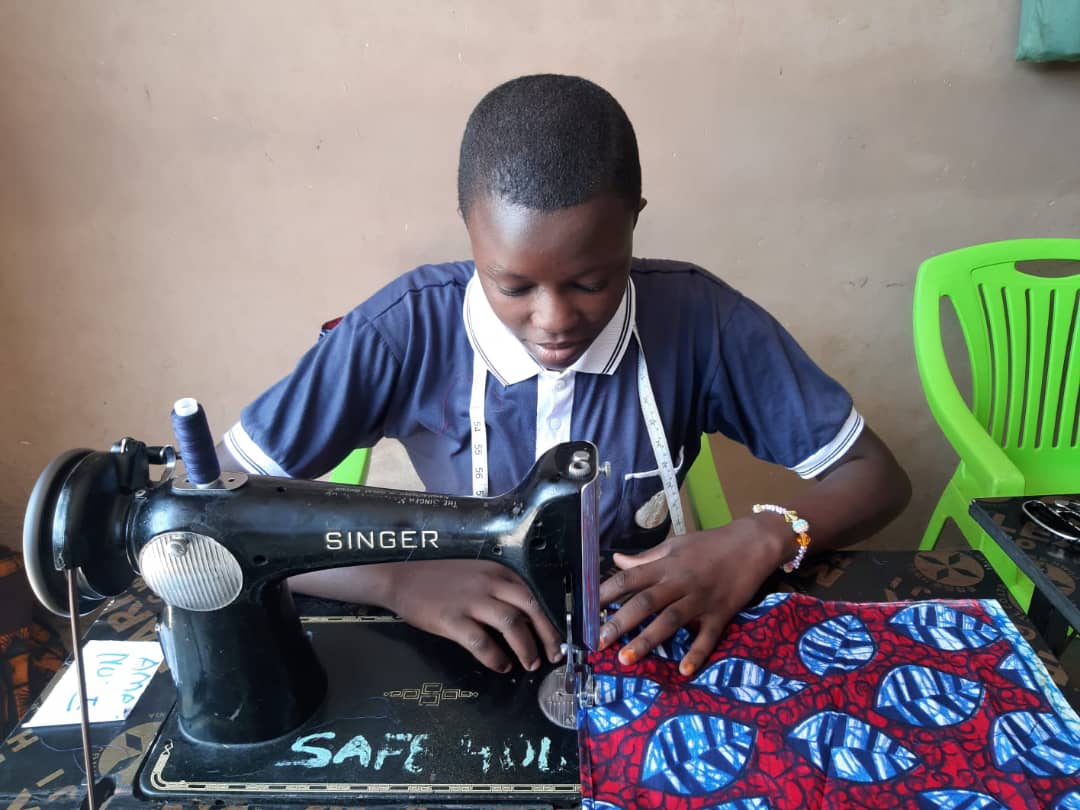 |
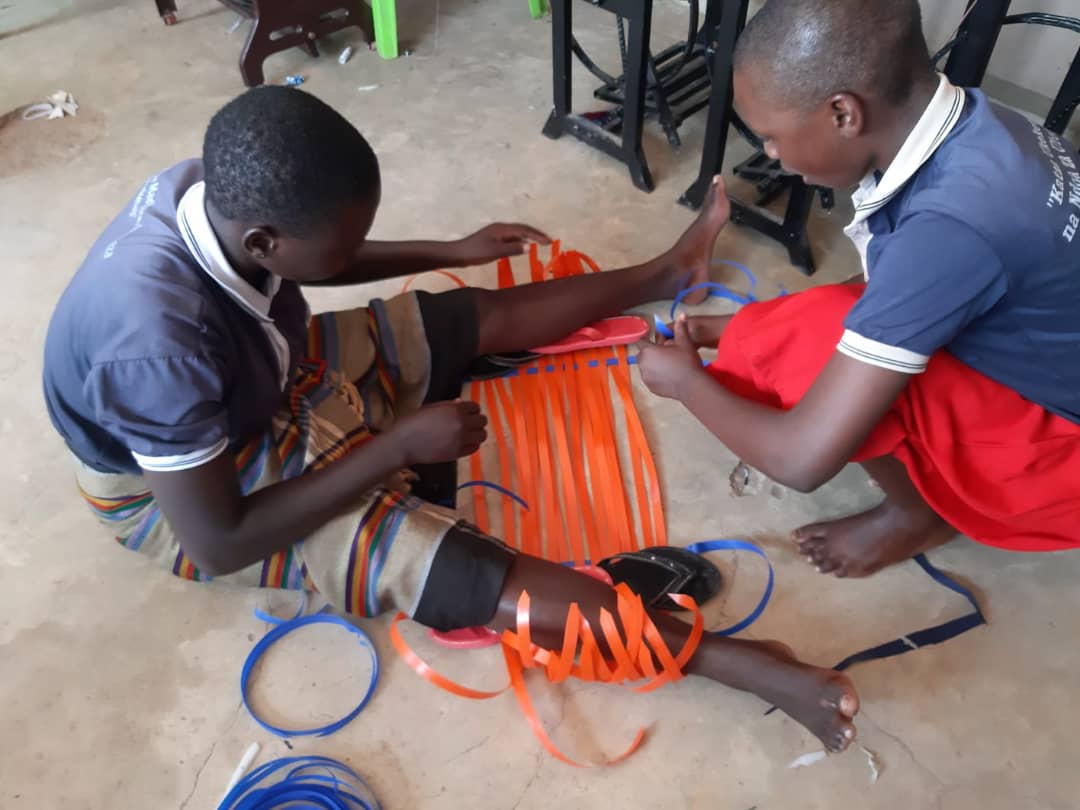 |
| Mugumu Safe House | |||
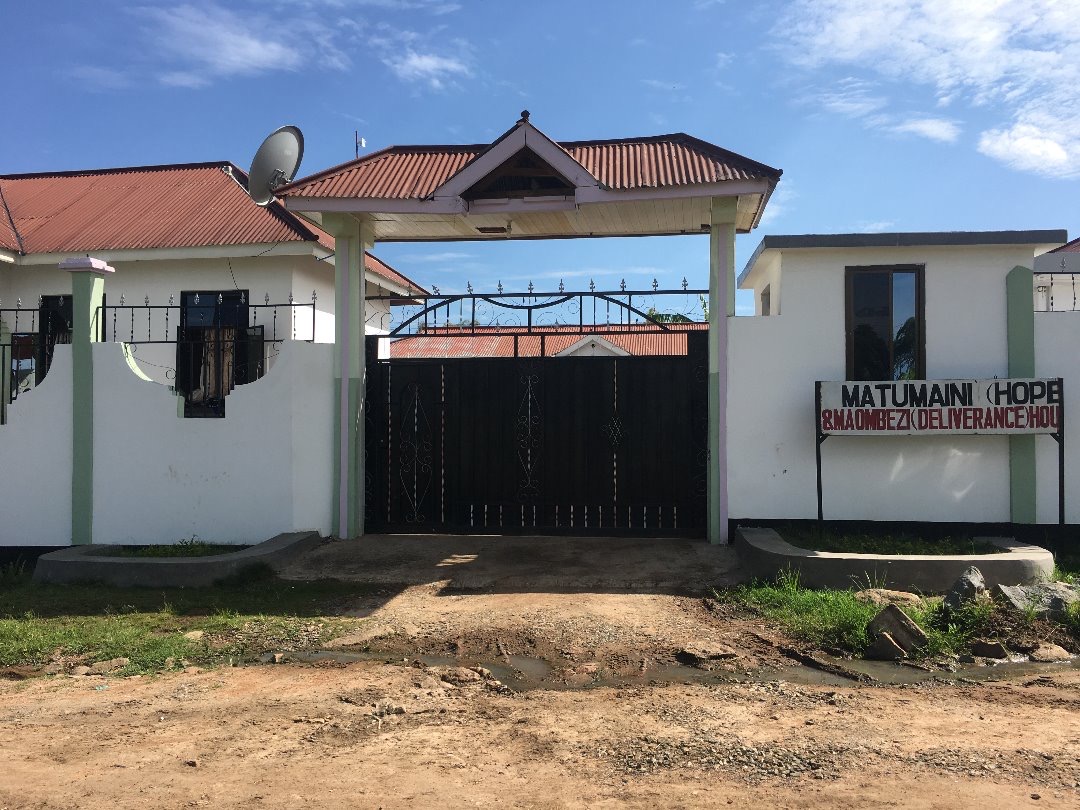 |
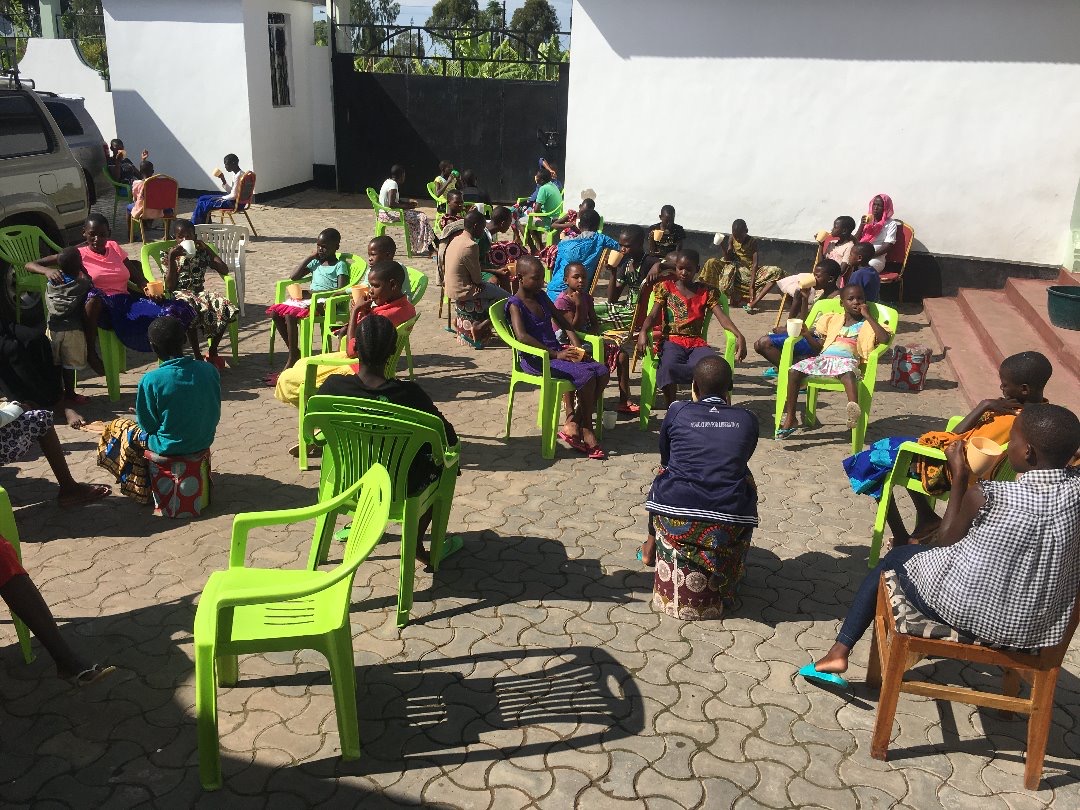 |
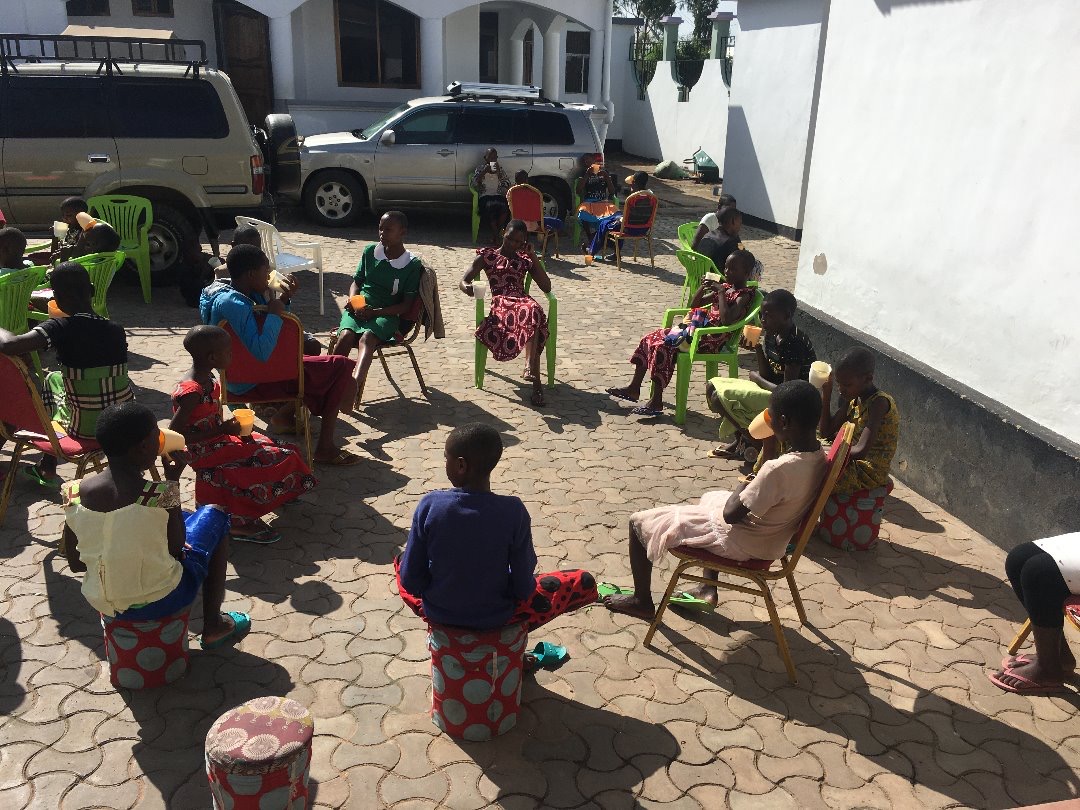 |
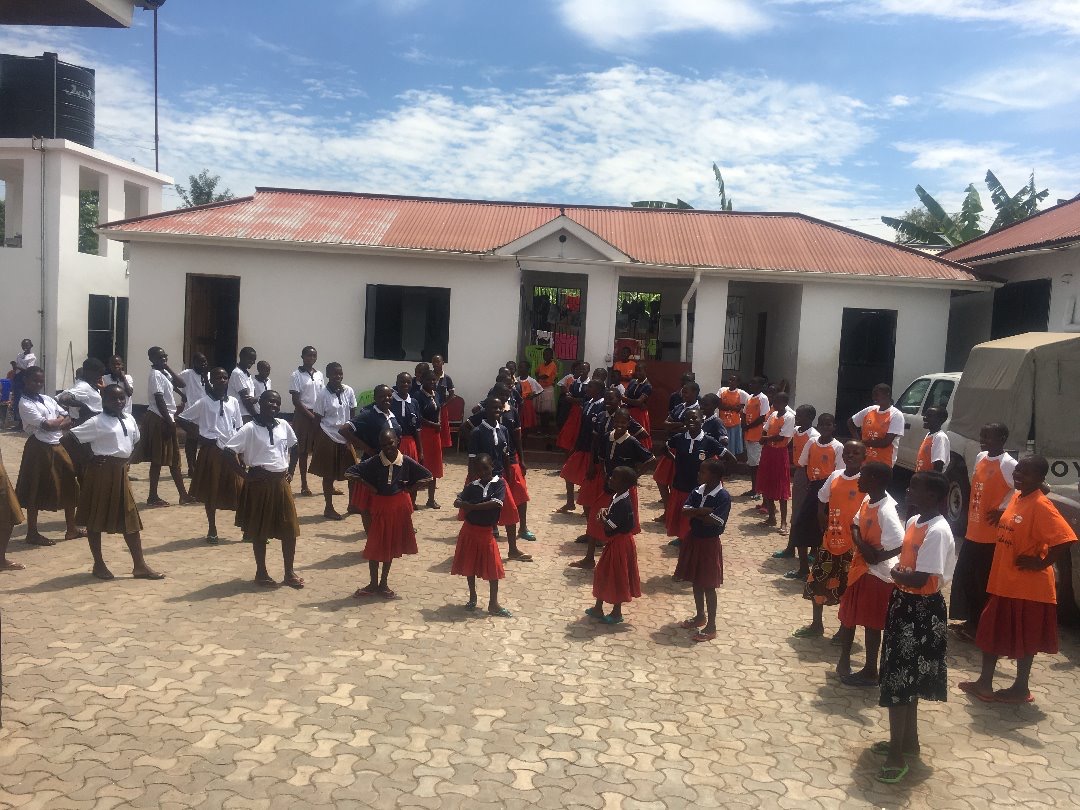 |
Target Program logos (right click to access the picture, save in a folder or your desktop)
|
|
 |
| Transparent logo (png format) | Logo (JPG format) |
S.A.F.E. (Safe Alternatives for FGM Elimination), a project of Hope for Girls & Women Tanzania logo
There are 2 versions available - transparent and cropped; right click to access the picture, save in a folder or your desktop.
 |
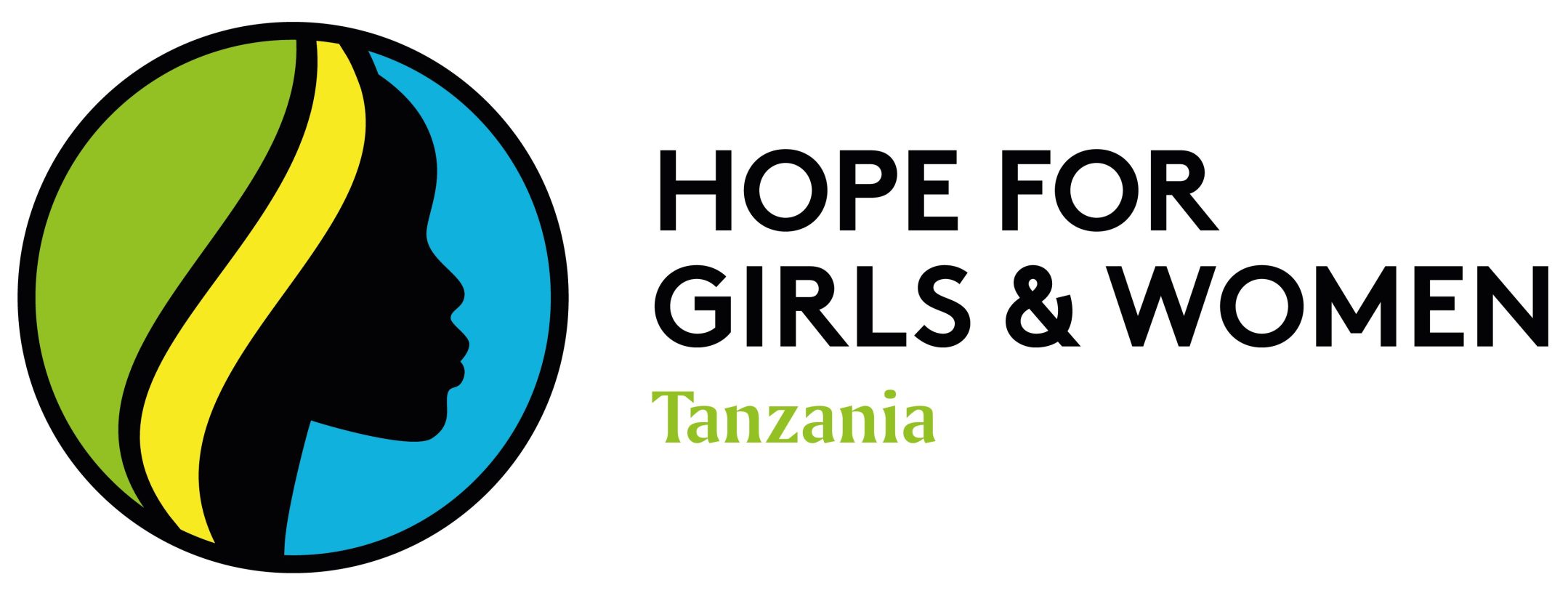 |
| Transparent logo (png format) | Cropped logo (JPG format) |

